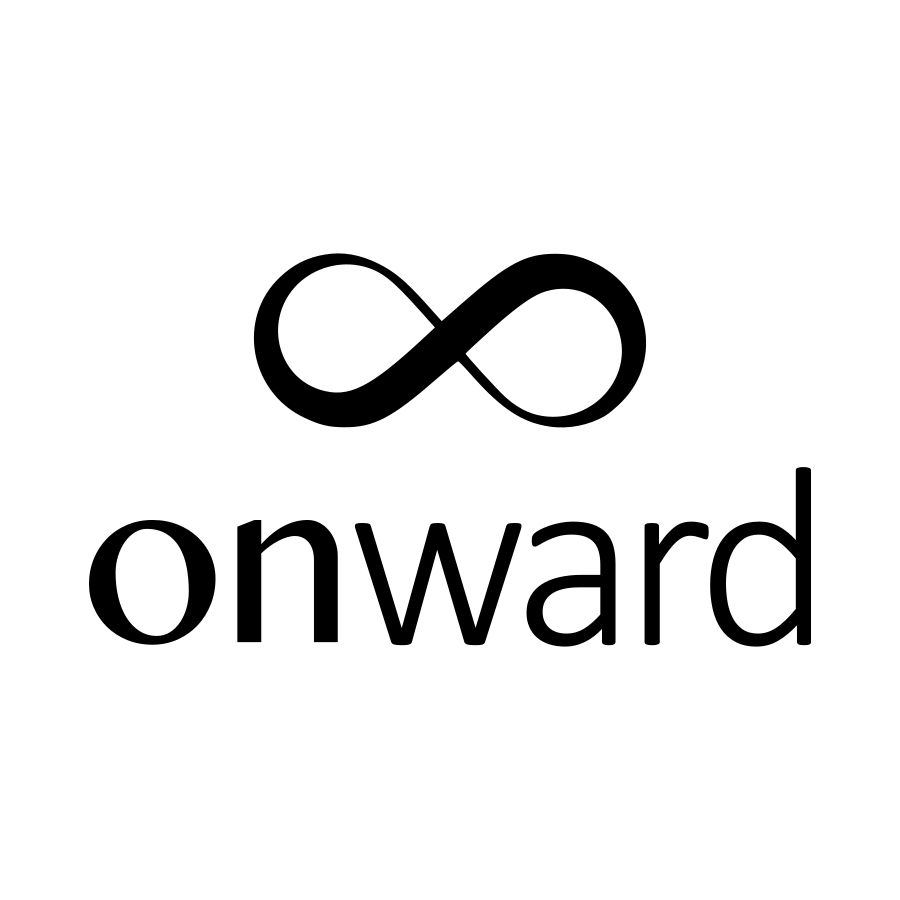Like every great superhero, great tools have an origin story, too. We sat down with Founder Eddie Davis to discover the inspiration for Onward and learn more about the early days.
Q: Tell Us a Bit About Yourself…Before Onward, What Were You Doing?
At heart, I’m a serial entrepreneur with broad interests that likes to use technology to solve problems.
I’m from Atlanta, Georgia and grew up around a lot of original art by members of my family and from the Georgia Arts Scene. My dad was close friends with Chris Sibley, whose work can be seen all over Atlanta including The Botanical Gardens, and one of his partners represented many artists in the area.
I attended a high school with a strong arts program where I was personally most drawn to design and sculpture. I later studied art history at Emory University and had visited a number of the best museums in the world by the time I started my first real job.
That happened to be in Costa Rica, where I spent my twenties running small real estate companies before returning to the states to get an MBA at the University of Georgian and move into technology in Atlanta.
Q: Onward Is Not ETC Software’s First Art Platform…Tell Us More About ETChster?
In my early 30s, I was a leader at a software startup that competed with QuickBooks (accounting software), ADP (payroll software), and Bill.com (payments software), so I was constantly interfacing with our software development team to align our offering with the market’s needs.
My wife had settled in Atlanta’s Grant Park area and for the first time in my life, I lived in a house that I really wanted to make our home. We happened to have a lot of original art from my family.
I had taken Computer Science in college but had gotten out of touch with it. Two life events and a technology development sort of catalyzed what would become ETChster:
1) My daughter was on the way.
2) My father was diagnosed with Multiple Myeloma.
3) Blockchain and distributed ledgers were getting a lot of press.
So I had this idea that I would build my own personal art collecting app to get reacquainted with software development management, so I could capture all the original art around my house, attach its story, and then transfer those records to my daughter.
I was also starting to buy art in the local scene and started to realize that so many artists had broken, out of date websites and were struggling to make sales in large part due to pretty severe sales and marketing gaps. So I added a module that connected art inventory to maintenance free websites for artists and now >15,000 global artists use it to show their work to the world, many of them on the free version.
Q: So What About Onward? What Was the Inspiration There?
While I was running go to to market for the fintech, I was building relationships with banks and credit unions, who distributed the software. I visited some lovely corporate headquarters across the country. Not surprisingly, there was great art on display. Also, not surprisingly, the art didn’t have any connection to its story nor did I see that it was being leveraged for awareness. All banks and credit unions are trying to build awareness and grow their client bases.
An artist friend named Nathan Sharratt was advising on ETChster and recommended a fascinating book called The $12 Million Stuffed Shark by Don Thompson. The author did a remarkable job of dissecting the art economy. As a technologist, my overwhelming sense was how antiquated and dysfunctional the whole system was and how tiny.
It the time I read the book, if you combined Sotheby’s, Christie’s and any other art business of size, they wouldn’t even come close to the value of company like Atlanta’s Mailchimp, which eventually sold to Intuit for $13 Billion.
So I had in my head early on that there would be another product from ETC Software. Whereas ETChster primarily focuses on helping artists go from hobby to income, I could also see there was a huge gap on the purchase and support side. Corporations had the financial resources and wanted to support artists but didn’t have the tools to even manage what they already had let alone find artists in their communities from whom to purchase and collect.
So once I stepped down as COO of the fintech to focus on my own projects, I finally had time to start looking into corporate art management challenges and how to empower those art managers. That work would eventually become the Onward platform.
Q: You Mentioned Looking Into Corporate Art Management Challenges…What Did that Entail?
I had some awareness of what products were in the market for art inventory and didn’t see anything that I thought was compelling for the specific needs of successful companies. The known museum software feels like it was born a number of generations ago and doesn’t really support managing across lots of real estate nor the ease of use expected of modern tools.
I had a suspicion that many companies would be using spreadsheets because that’s what companies do with anything that touches finances. I also knew that the corporate art holdings of quite a few companies in the Atlanta area were vast, but hardly anybody knew about them.
But I wanted to really validate all of that.
We did a research phase were we were lucky enough to have the art managers of some huge publicly-traded companies with global footprints share their current process, their challenges, and what would they would like to do with their art collections.
In summary, our suspicions were validated. Most companies struggle with art management and would love to have an efficient, organized inventory and value tracking system that facilitates the sharing of the art and all the PR/marketing benefits that come with those programs.
Q: What Were Some of the Biggest Challenges?
While a totally different scenario, the challenge reminded me quite a bit of working with small businesses who were struggling to produce accurate financial statements. If you don’t really know what your “today state” is, it’s very hard to be strategic.
A lot of companies feel like at best they have their art partially cataloged and don’t really know whether what was cataloged years ago is actually still around.
Quite a few companies also have this untapped PR goldmine. They hold the work of Dali, Picasso, Warhol, or similar marquee artists but never cooperate with museums to show their holdings to the world.
On the finance side, insurance or lack thereof was a big one.
Many firms also could be leveraging their art better from a balance sheet perspective. Art holdings have serious market value and could potentially even be used as collateral for lower interest expansion financing.
From a systems perspective, the tools in use were just not a up to the challenge at hand. Spreadsheets and SQL tools don’t do images, tasks, documentation & collaboration well. There’s only so much time available to a corporate art manager so recording of data never really gets caught up simply because there isn’t enough time in the day.
Q: So What Is Onward?
Fundamentally, Onward is a cloud platform for companies that hold lots of valuable art distributed across multiple pieces or real estate.
With ETChster, we developed a ton of expertise in user experience getting the platform to the point where an artist anywhere globally can create a working website from their smartphone.
While not designed for smartphone use, we heard over and over how arduous corporate art management via other tools was, so we put a premium on modern, self-guided usability and automating reporting.
From our experience in the industry, we also knew that after getting organized in the first place, internal and external collaboration was the desired “dream state” so our initial feature set supports that.
The key functional areas of Onward include:
- Inventory
- Document management
- Valuation tracking
- Location tracking
- Condition tracking
- Loan management
- Internal & external collaboration
Q: Can Anyone Use Onward?
We’re early in our software development lifecycle, so we’re limiting distribution to a select group of art managers who have proven themselves adept at giving us feedback on the platform.
If you are not granted access immediately, please understand that we do maintain a waitlist and will grant you access as soon as we reach our next milestones.
Q: How Do I Request Access?
Simply send us a note through our contact form. You’ll see access under the “Inquiry Type” dropdown. We look forward to hearing from you!


